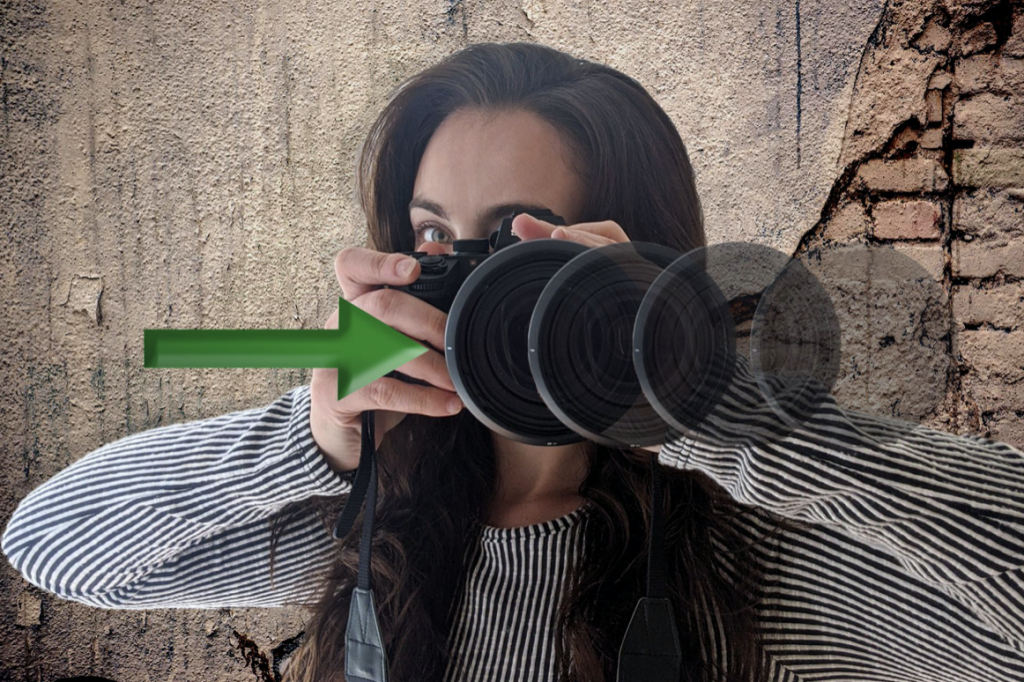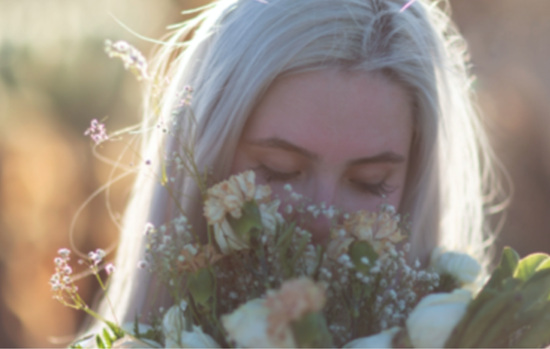Movie Making and In-Camera Transitions by Brianna Stimpson
What are in-camera transitions?
Good question!
In-camera transitions are just that – a way to move from one scene to another that you complete in the shooting phase of production, with your camera. Sometimes you’re using camera settings to create motion blur, which smooths out changes for the eye, but sometimes you are using matching movements. Other times, it can be the simple matching a camera direction. There are plenty cool and creative ways to edit transitions when you’re editing, but planning shots on set can make your footage look more exciting, more energized, smooth and sleek (not to mention, save time on editing!). This skill is not just for professionals–it can make social media videos, family footage, and personal projects stand out. And, because it takes planning and forethought, knowing them inherently and practicing them inherently is super important. Here’s an example:
Say you’re filming your friend skateboarding. All of a sudden, he speeds past you from left to right. Now, you can just follow him slowly, or keep your camera center and it would look fine. But what if you spun your camera fast to the right as he passes? Then your next shot could match that movement and you start it from left to right. All of a sudden you have a natural transition that keeps things moving …and makes your friend look super cool. As stated before, you want to be able to react to those shots in real-time, so knowing and practicing transitions ahead of time is a great way to become an expert.
When watching your footage back, they will look easy and straight-forward…because that’s the goal!

But, in order to make them work, you first have to:
-Understand different kinds of transitions
-Learn how to plan your shots
-Get your camera/phone settings adjusted correctly
-Be comfortable executing on set
-Clearly communicate what you’re trying to do to anyone else involved
Online classes differ from a traditional class experience. On one hand, you will have to troubleshoot and experiment more on your own. However, your teacher will be much more available as you can send a question anytime (and not just in class). Also, because you’re apart, teachers will provide more examples and make sure things are even clearer before you log off to try on your own. It also may be harder initially to make friends, but starting a chat can be a great way to share ideas quickly, brainstorm as a group and find inspiration, and find the right answer you’re looking for that much quicker! It can be scary to join a group of strangers online, but it’s important to remember you’re doing this for yourself.
As with any class you can take, it’s practice that makes perfect. Taking a class is a great starting point for anyone who has the interest, time, and energy to want to learn a new skill. Not only that, but if you’re doing creative work that you enjoy, it’s automatically a success.
Brianna teaches movie making on Kids Classes Online.



